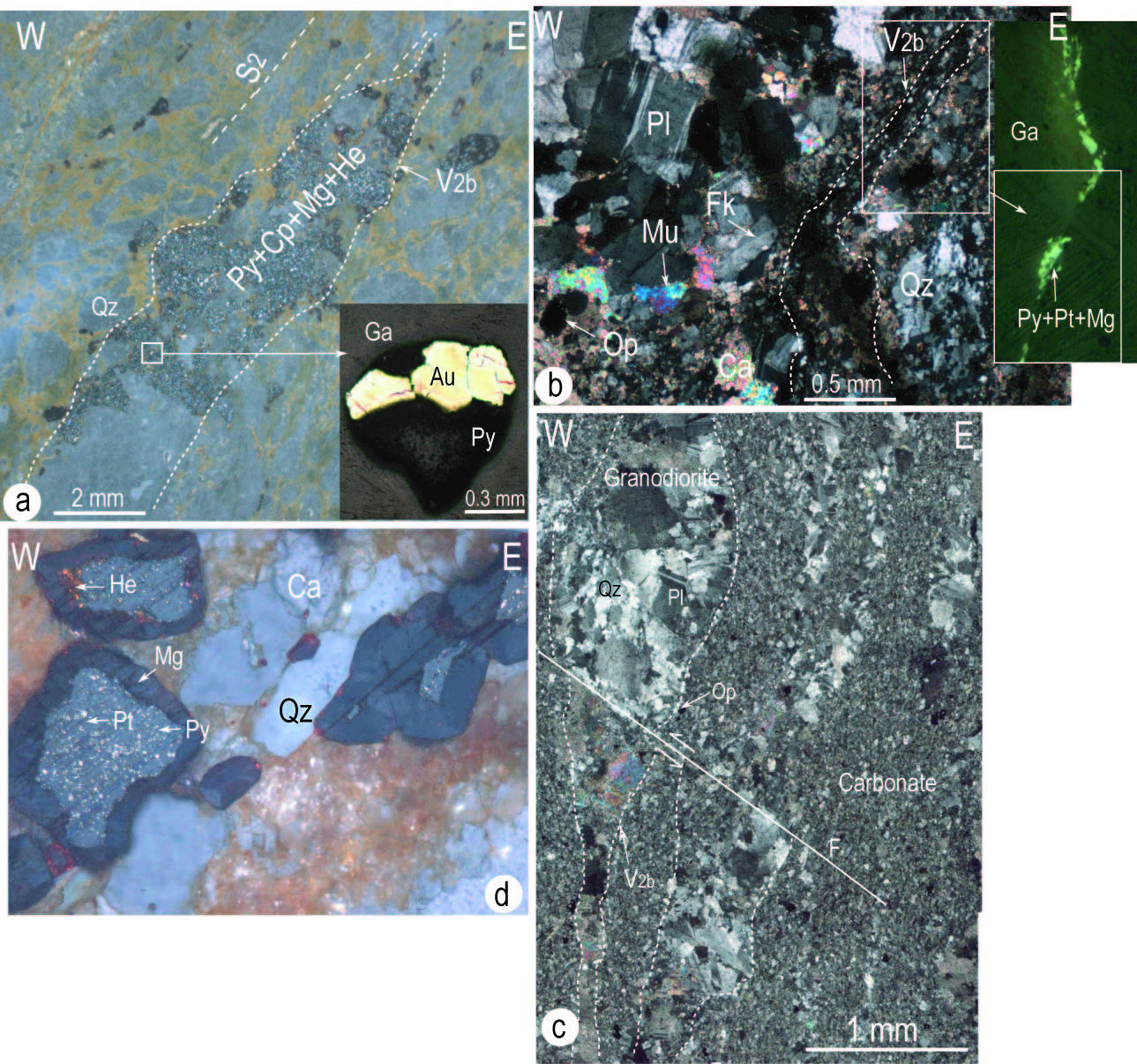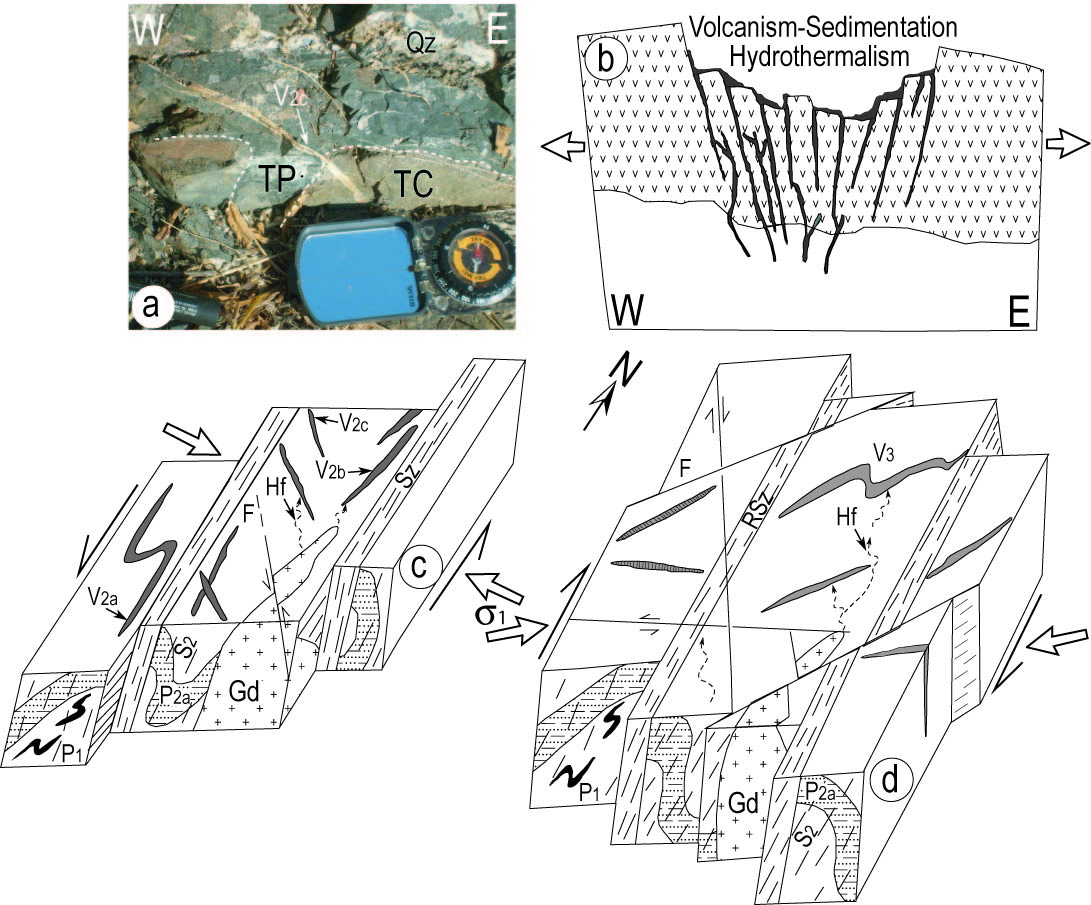Geodynamics and gold-bearing mineralizations
The Precambrian geology of the West African Craton (WAC) still knows many remote regions, especially in the understanding of the geodynamic evolution of terrains and the emplacement context of gold-bearing mineralizations (Figs. 1, 2). To date much of controversions are noted on fundamental questions of knowledge on the geology of the Birimian.
The controversions are mainly noted on:
- The Eburnean geodynamic model (subduction, sagduction [pop-down], etc.);
- The tectonic style and the age of the first Eburnean deformation phase D1;
- The tectonic style of the second Eburnean deformation phase D2;
- The age of the third phase of D3 deformation (Eburnean or Kibarian?) and its tectonic style.
Concerning gold-bearing mineralizations, the Birimian formations of the WAC present a wide range of mineralizations (deposits of Zinc, Iron, Manganese, Copper, etc.) where gold appears in good rank. Most of gold deposits currently known in the WAC are located in large shear zones. However, the gold-bearing factors controlling the mechanism of emplacement of mineralization as well as the associated tectono-magmatic events remain still unknown.
Thus, it will be important to clarify the following remote regions:
- The context of emplacement of mineralizations;
- The fluid(s) and tectonic phase(s) associated with gold-bearing mineralizations;
- The tectonic structures and possible petrographic facies controlling mineralizations.

Fig. 1. Thin sections: a- Quartzite showing V2b vein along S2 schistosity with quartz, pyrite, chalcopyrite, magnetite, hematite, and gold inclusions in altered pyrite, observed under reflected microscopy. b- Micaschist and granodiorite contact highlighted by a high rate of opaques (pyrite, pyrrhotite, magnetite) along V2b vein direction. c- Granodiorite intrusive into carbonates and affected by a sinistral shear relative to late D2 phase. d- Pyrite often shows pyrrhotite inclusions and rims transformed into magnetite. (from Dabo et al., 2016).

Fig. 2. Interpretation of the tectono-magmatic events associated with gold mineralization in the Daléma area (Senegal). a- Tourmaline pipe (TP) associated with the extensional phase of deformation and cross-cutting tourmalinized conglomerates (TC) of the basal unit. V2c quartz veins cross-cut TP and TC. b- Extensional tectonics prior to D1 phase of deformation, associated with fissural volcanism, sedimentation and tourmalinization hydrothermalism. c- Schematic block diagram showing sinistral transpressive D2 deformation phase associated with emplacement of granitoids and V2 veins. Hydrothermal fluids (Hf) related to D2-D3 tectono-magmatic events range into the various vein types (mostly V2 and V3) and within shear zones (Sz). d- Schematic block diagram exhibiting dextral transcurrent D3 deformation phase associated with V3 veins and reactived shear zones (RSz). (from Dabo et al., 2016).
Other mineralizations
For the other mineralizations, it would be important to know at the WAC scale the distribution of the rare metals associated with granites and pegmatites in order to:
(i) better work out strategies of exploration of these metals;
(ii) plan and manage the sustainable exploitation of these resources which are today extracted in a craft way. It is the same for the supergene and/or hypogene layers whose good knowledge of the resources would help with better planning the sustainable development policies.

